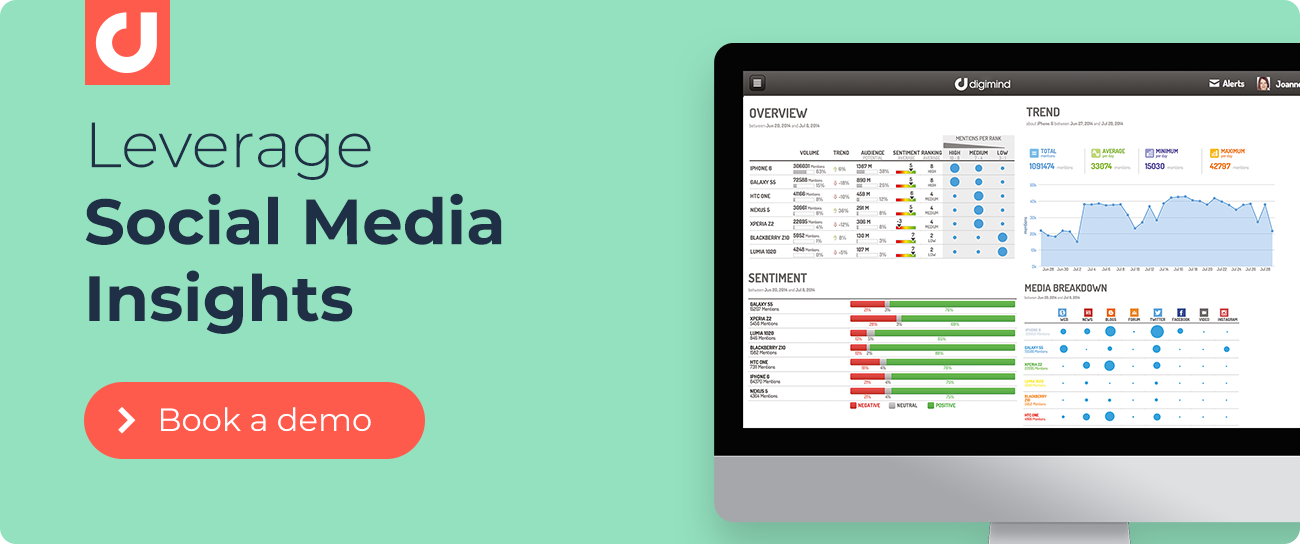Marrying Online and Offline Channels in Your Customer Experience Strategy
Many marketers have fallen into the habit of viewing their online and offline data sources as two separate entities. But connecting the two can reveal a wealth of valuable information about target consumers as well as create a better experience for customers overall.
With the advent of multichannel marketing, many companies are coming to realize that their data isn’t telling them the whole story. While this may be attributed to incomplete analytics, in reality this is often a reflection of the fact that many marketers are not only working from siloed data sources, but also lack integration between their online and offline data – neglecting the influence of their offline ones.
Why should this be a priority for marketers?
If you view a marketing campaign as a closed circuit where online data only influence digital initiatives, then yes - most marketers are probably doing a great job understanding their campaign influence. However, once you acknowledge that these marketing programs are best viewed in a holistic manner, then you begin to realize that those marketers who are only attributing their online presence have a very limited view of their campaign results.
Without a view of both their online and offline data initiatives, they are marketing half-blind - lacking a 360-degree view that is essential to understanding your customers’ end-to-end journey. With this knowledge, you can unlock greater value from your existing marketing investments. So, understanding the correlation between online marketing activity and offline outcomes – be that a sale in a retail store, or promotion via social and TV simultaneously – is a vital step in validating any marketing campaign.
Nabisco was one brand that leveraged the online and offline sources during the 2018 Winter Olympics through a multichannel campaign that included TV ads, digital banners, and a social media contest to entice more proactive engagement from their audiences. If more brands took this approach to ensure they’re hitting every platform most effectively for each audience, they would see a large difference in not only engagement, but increased revenue, too.
How has the way consumers interact with a brand changed with social media?
Brands should be thinking beyond simple ad viewership numbers, and measuring other offline and online mentions of their brand and competitors to understand the full ROI of their investment. In the US, 87% of TV viewers watch programs while simultaneously consuming and engaging with media through a second screen, such as laptop, tablet, or smartphone.
Brands who consider second screens to be an extension on their television campaigns will be most likely to succeed. TV and online shouldn't be thought of as two separate communication silos. Brands who create a cohesive user experience no matter where the consumer encounters a brands - whether a TV ad, website, social media, or traditional press coverage - will gain trust and loyalty of their consumers.
Creating a seamless experience between online and offline marketing initiatives is not limited to TV. The most successful brands are able to create a seamless experience between every single way a consumer could interact with them to create a multifaceted marketing campaign.
Women’s fashion brand Topshop created a UK-based campaign in 2015 to bring high-end apparel to everyday consumers, with a digital billboard campaign at its center point. Six Twitter-supported billboards in across the UK showed real-time word clouds from Twitter data that used the hashtag #LFW, displaying fashion trends as they emerged on the runway at London Fashion Week.
The clouds included trends like pleats or color-blocking and were complemented by a small selection of Topshop’s in-store inventory that correlated. Each billboard was within a 10-minute walk from a physical Topshop location. For those who wanted to shop online, tweeting a trending word to the Topshop Twitter account earned them a curated shopping list they could use to guide their purchases.
Marry online and offline data and initiatives for real success
Research shows that customers who engage with retailers across multiple channels and touchpoints are driving increased conversion rates, both online and offline, as they have more than one channel to aid in their purchasing decisions. For retailers, this is very beneficial as it ensures that the customer is loyal to the brand. Having knowledge of a customer’s online purchasing habits and what they have been viewing also empowers a retailer’s staff to upsell higher value products, while enabling additional cross-selling opportunities.
Want to see how Digimind can help you get the most out of our omnichannel marketing efforts? Try Digimind Social for free by clicking below.

